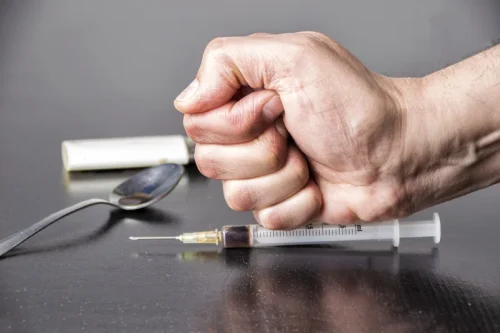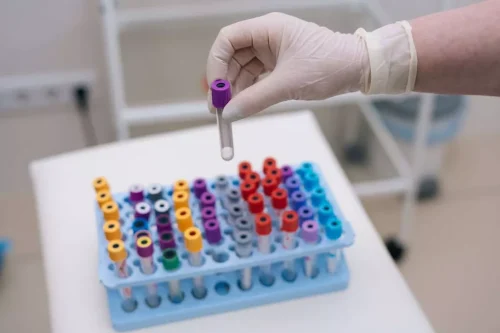Sobriety Strategies: 13 Tips for Staying Sober

Request support in keeping alcohol out of sight and minimize talk about alcohol to maintain a positive and supportive environment for your sobriety journey. That champagne poster we mentioned at the beginning? In fact, even if the poster is “booze-neutral,” it might be a good idea to replace it. Simply changing our physical surroundings can have a profound effect on our state of mind, helping us form new associations between our sober lifestyle and the things around us.
How to socialize without alcohol FAQs
Yes, alcohol does lower our inhibitions and loosen’s us up, but for many of us, we don’t stop there. We continue to drink past that 2 drink point. Many times this resulted in multiple apology phone calls in the morning for some stupid crazy thing I did the night before.
- Learn that you have choices and that you can maintain control.
- If you can’t find a friend to bring with you to a social event, ask someone to be your go-to phone call when you need them.
- If you don’t have any sober support with you at the event, have a few numbers ready to call at any time if you feel like drinking.
- A talent show can help people feel seen and also get them excited thinking about the party.
How to Unwind at Night Without Drinking Alcohol

Focus on the positive aspects of sobriety and remind yourself why you are choosing to stay sober. Visualize yourself in a successful, tips to stay sober sober state and use positive affirmations to stay motivated. This gives you a clear reason to avoid alcohol, and it’s also a gesture that’s generally appreciated.
Can’t Stay Sober At Social Events? Get Addiction Treatment Now.
And visual reminders are particularly important! You’ve cleared out the actual booze and the equipment that comes with it and made your living space more zen-like by decluttering. But there might still be subtle reminders that cast booze in a https://ecosoberhouse.com/ positive light. Mix up the party backdrop by having it at an unexpected place.

Have Someone You Can Call Or Use A Sobriety App.
- It’s perfectly fine to limit your guest list to people who are in recovery or who don’t drink for other reasons.
- Your sobriety is your priority, and it’s important to recognize and respect your limits.
- Remember to care for yourself, seek supportive relationships, and consider seeking help from a therapist.
- You can use simple and firm responses like, “No, thank you,” or “I’m not drinking tonight.” Remember, you don’t owe anyone an explanation for your choices.
- Setting intentions, establishing boundaries, and choosing the right events are key preparation strategies.
Additionally, we’ll explore the advanced treatment options available at 12 South Recovery, designed to cater to specific needs with exceptional care. If you or a loved one find it difficult to stay sober at social events or in general, it’s time to enter an alcohol or drug treatment program. There’s no shame is receiving help to start your journey to sobriety. Navigating social events while staying sober can be challenging, especially when alcohol is often a focal point of such gatherings.

Here are the best 16 ways to say “no” to alcohol sans awkwardness
They may be able to provide non-alcoholic drink options and create a more supportive environment for you. Before attending the party, set clear intentions for yourself. Remind yourself why you chose sobriety and the benefits it brings to your life.

- They understand I don’t drink and they are there for me if I need support during the night.
- Socializing without alcohol can be just as fun and exciting as drinking with friends, if not more so.
- Start by tossing out the booze and pressing “stop” on triggering media content, then focus on stocking your fridge with healthy options and ultimately creating new routines.
- It’s ok to say no even it’s close friends or family members.
- Listen actively and get to know people on a deeper level.
- Addiction is a progressive disease; it will only get worse the longer it goes untreated.
- When I use these tactics, it helps me get through these events positively and healthily.
Other definitions, however, focus on the process of recovery and coping habits that support health and wellness over the long term. Having a support system, creating an exit plan, and engaging in alternative activities can help manage temptations. Surround yourself with supportive friends and be ready to leave if you feel uncomfortable. Eating well, exercising, and getting enough sleep can improve mental health and resilience against cravings. Maintaining a healthy lifestyle can strengthen your resolve and make it easier to stay sober. Attending events with friends who support your sobriety can provide encouragement and accountability.















